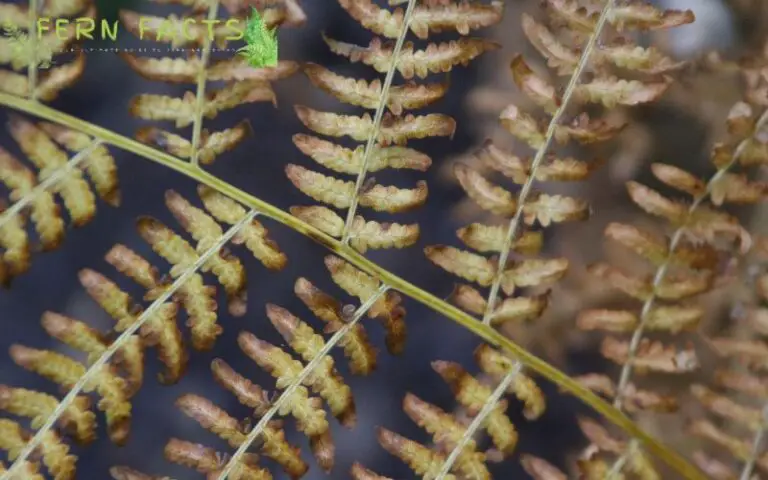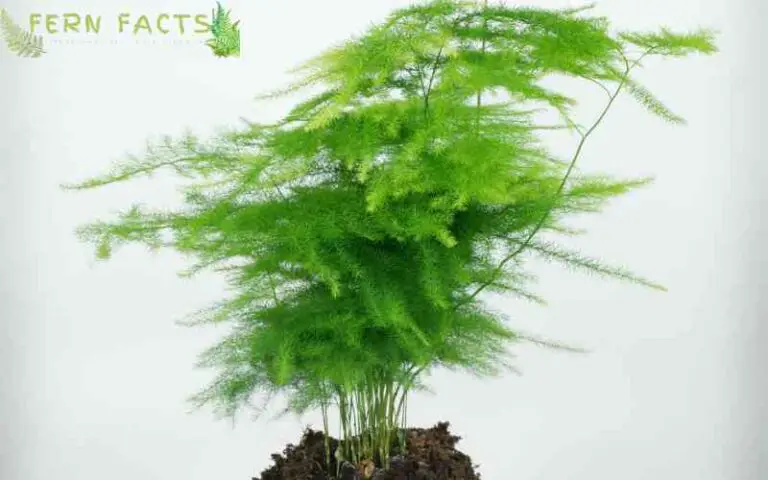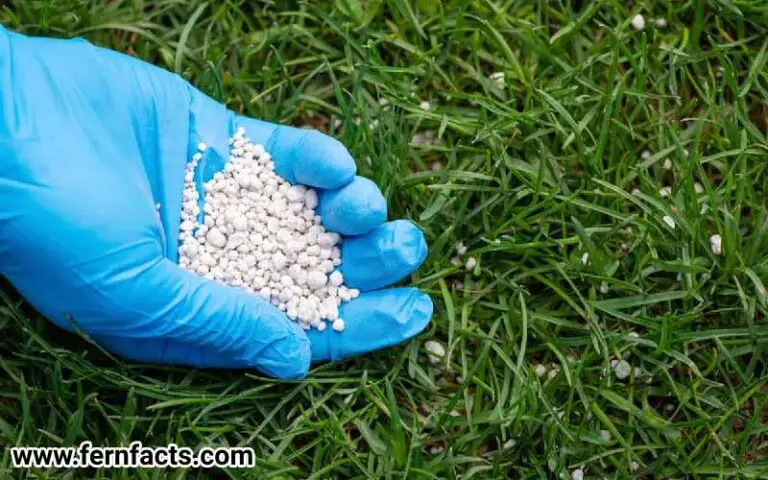How to Revive a Sun Damaged Fern
Ferns are the most elegant houseplants that can change your house look. Although they are low maintenance, their ideal condition is one of the primary stages to keep them thriving at your house.
Since most of the ferns prefer shaded places to thrive while getting indirect sunlight. On the other hand, certain fern species thrive when exposed to full sunlight. Sometimes, excessive sun exposure can damage their fronds and harm their growth as well.
If your ferns have already been damaged by the sun then this article is for you. In this article, I’ll provide you with some sort of guidelines to revive sun-damaged ferns. So let’s begin with the guidelines.
Reason for Sun Damaged a Ferns
Although you might put your ferns in a sheltered location, maybe your ferns are getting too much sunlight or might have been exposed to direct sunlight.
This exposure to direct sunlight can damage your fern’s leaves and burn them. Few ferns can tolerate sunlight but few are intolerable.
Nonetheless, morning mild sun rays could be beneficial for your ferns but not for too long. The midday rays of the sun are quite harmful to ferns.
Therefore, by knowing your fern’s characteristics you need to locate them in your house. Because your wrong choice of location might damage your elegant ferns thoroughly.
How to Revive Your Sun-damaged Ferns
Well, here are the possible steps for you to take, after you notice that your ferns have been damaged due to sunlight.
Shift Them to a Shaded Place
After noticing your ferns’ damaged condition, you need to immediately. Since most of the ferns loved humid conditions.
So you might not give them their ideal condition which leads them to have sunburn as well. Try to choose a place with a brighter atmosphere where they can get indirect sunlight.
Reminder, direct sunlight could be problematic for ferns, and also can burn their fronds due to excessive heat consumption. Therefore, indirect light like an east-facing window would be ideal for your fern plants.
Conversely, don’t put them in too dark and shady places, their fronds might get dull and sparse. For these reasons, you need to give them bright indirect light conditions to make them thrive again just like before.
Check the Soil and Give Water
After relocating them to their ideal location, now you need to check the soil’s condition. If the soil becomes dry then you need to water your plants thoroughly.
Mostly, excessive sun exposure can dry out the soil’s moisture. That’s why you have to water your plants to give them instant hydration. Make sure you only water them to keep them moist and damp.
Don’t overwater the plants, it might cause rotten roots which might be another problem for you to deal with. Follow your weekly watering techniques to water the plants until you get them fully revived.
Pruning Dead Fronds
Later on, grab your pruning tools or take any shape scissors. Sanitize them well before you use them otherwise, it might harm your plants by giving them a bacterial infection.
After sanitizing the tools, cut off the dead and damaged fronds of your ferns that are caused by the sun. Don’t cut too deep which might harm the roots of your plants.
Similarly Don’t prune any new ingrown fronds or leaves; it can harm your plant more severely.
Place the Humidifier Around the Plant
You can also place a humidifier around your damaged ferns. It will bring a humid atmosphere and give enough dampness to the plants.
However, if you don’t have a humidifier, you can choose the pebble tray option as an alternative. Take a tray and fill the tray with an adequate amount of pebbles.
Then place your ferns on the pebbles tray and pour water on the pebbles tray. This tray will balance the humidity in the plants as well as keep the environment humid.
Additional Care for Reviving Your Sun damaged Fern
After following all the steps mentioned above, expectedly your ferns might get well. However, if you still see no chance, or have observed slow growth in your plant.
Then you can repot your ferns with new mixing soil. For repotting the ferns just follow the normal repotting steps. Choose a pot with a deeper size minimum of 2 inches bigger than the previous one.
Then, fill the pot with your new mixer soil with organic compost and matter. For mixing the soil, you can use organic compost, peat moss, leaf, perlite, vermiculite, etc.
Then report your ferns in the new pot. Make sure all roots are equally placed inside the pot. Then, fill the pot with your new soil compost. After completing the repotting process, water your plants gently to keep them hydrated.
You will notice after a few weeks later your will will start blooming again just like before. However take note, if your ferns are severely damaged by the sun then there is no possible way to get back your precious ferns.
Nonetheless, by following all these steps you can save your sun-damaged ferns to some extent and get them to their previous healthy growth.
Wrap Up
Ferns are quite sensitive to the sun as most of the ferns prefer dappled filtered sunlight, not direct sun exposure.
However, if your ferns are somehow exposed to direct sunlight and severely damaged by the sun’s rays then there might be less possibility to get back your ferns.
Nonetheless, you can still try to save your ferns by relocating, watering, pruning, and giving them humid conditions. Additionally, you can also report the plants just to enrich their growth as well.
It will eventually help your ferns to have better growth while shedding other damaged leaves. By following all the processes rigidly, you can save and revive your sun-damaged ferns and can give them a healthy atmosphere to thrive.
Frequently Asked Questions (FAQ)
- Why are my ferns getting sunburned?
– Due to excessive sun exposure, your ferns are getting sunburned. Try to keep them in shelter places with indirect sunlight exposure.
- Can ferns recover from sunburn?
– Well, damaged fronds cannot be repaired or revived. But by taking care, you can have new growth in your plants.
- What to do with damaged fronds?
– Just cut off or prune the damaged dead fronds to ensure your plant’s healthy growth.







